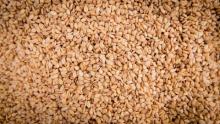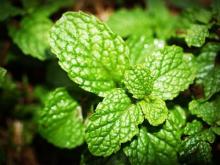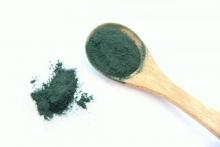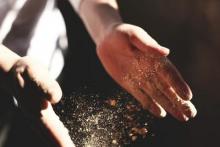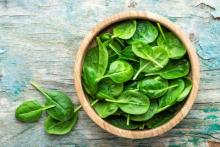Superfood 101: Tahini!
Tahini is ground sesame seeds – it’s a product which is rich in nutrients and has been used in recipes and as a healing agent for centuries. The sesame plant is native to India and was found growing naturally from northeastern Africa to the far east. The seeds were primarily used for their oil, as a base for perfumes and as a seasoning. The name sesame is derived from the ancient Egyptian word sesemt and later from the Greek word sesamon.

